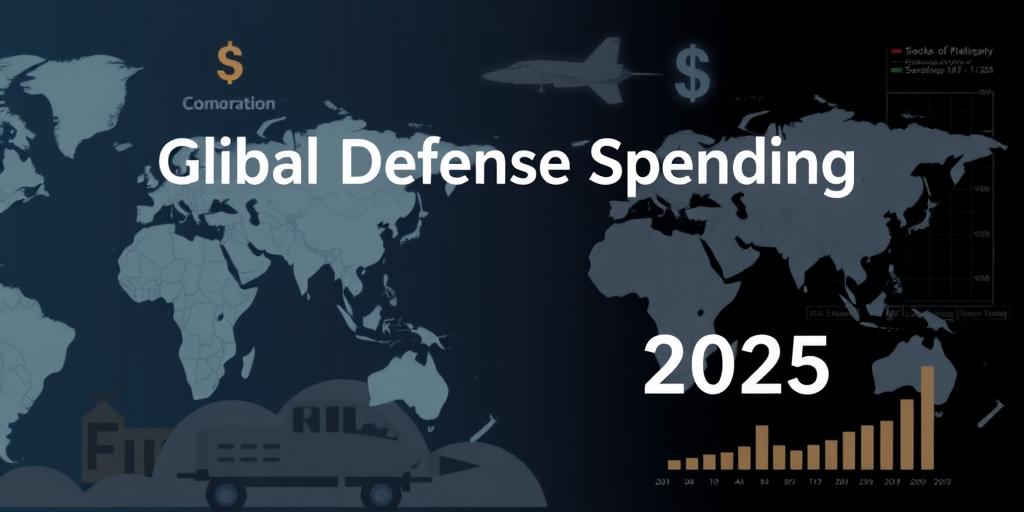Did you know that a mysterious virus, initially detected in Wuhan, China, five years ago, unleashed a global pandemic that reshaped our world? Get ready to uncover the shocking truth about COVID-19, from its elusive origins to its lingering effects on millions. Prepare to be amazed by the scientific breakthroughs, the challenges faced, and the ongoing impact of this unprecedented health crisis. This is the full story of COVID-19, a virus that continues to evolve and challenge our understanding of infectious diseases.
The Enigmatic Origins of COVID-19: Unraveling the Mystery
The origin of COVID-19 remains shrouded in mystery, fueling intense debate among scientists and the public. The most probable theory suggests zoonotic transmission – meaning the virus jumped from animals to humans, possibly through a market in Wuhan selling wildlife. While this aligns with known disease pathways, such as the SARS outbreak, concrete evidence remains elusive. Adding to the complexity, the proximity of Wuhan to several coronavirus research labs sparked speculation about a potential lab leak, though this hypothesis has faced significant criticism and lacks definitive proof. Further investigation is critical to definitively identifying the true origin of this global health crisis. It could be years, if ever, before we know for sure. Delays and obstruction of evidence haven’t helped researchers get any closer to an answer either.
The Ongoing Debate: Lab Leak vs. Zoonotic Transmission
The debate surrounding COVID-19's origins pits two primary theories against each other: zoonotic transmission and a potential laboratory leak. Proponents of the zoonotic theory highlight the well-documented history of coronaviruses jumping from animal hosts to humans, with this event falling neatly in line. In contrast, lab leak proponents question potential lapses in biosafety procedures at a Wuhan-based lab. Unfortunately, the lack of transparent cooperation from some sources has greatly hampered international researchers, meaning we may never fully resolve this issue.
Devastating Impact and Global Death Toll: A Pandemic's Scars
The COVID-19 pandemic left an undeniable mark on our world, causing millions of deaths and creating a long-lasting healthcare burden globally. The official death toll reported by the World Health Organization surpasses seven million, though the true figure likely tripled this initial number, accounting for uncounted cases and fatalities. COVID-19 particularly impacted the elderly and those with existing health issues and the virus is not gone yet.
Long-Term Effects and the Unseen Legacy of COVID-19
Beyond the immediate impact, COVID-19's long-term effects persist, with countless individuals facing the debilitating challenges of "long COVID." Long COVID symptoms include persistent fatigue, "brain fog" (cognitive impairment), chronic pain, and cardiovascular problems. Despite many of the long term effects still unknown and not all cases being understood, new research is constantly underway to better understand the condition. There are more symptoms than ever being reported still too.
The Race Against Time: Vaccine Development and Global Rollout
In a race against the deadly virus, the global scientific community rapidly developed effective COVID-19 vaccines – a remarkable feat that saved tens of millions of lives and paved the way to "getting life back to normal." mRNA vaccines, leveraging previous scientific breakthroughs, quickly gained approvals in the US and the UK. However, access to these lifesaving vaccines varied widely, highlighting inequities in global healthcare systems, with the rollout to poorer countries occurring at an agonizingly slow pace. COVID-19 vaccine effectiveness is continuing to improve and better vaccines are also continually in development and research.
Vaccine Efficacy, Evolution, and the Challenge of New Variants
While highly effective in preventing severe illness and death, COVID-19 vaccines' effectiveness against milder infections waned over time. This prompted the ongoing need for booster shots and updated formulations to match evolving virus variants. The constantly evolving virus and emergence of new variants have challenged vaccine developers, spurring innovative strategies like nasal vaccines to enhance their effectiveness.
The Ever-Evolving Virus: Mutations and Variants
As expected, COVID-19’s genetic makeup underwent changes through mutations – its RNA, like the genetic material of many viruses, tends to have higher than average mutation rates. New variants, designated using Greek letters (alpha, beta, delta, and omicron) emerged, each posing unique challenges. Some variants like Delta were associated with a substantially higher risk of hospitalization, whereas Omicron was notably more transmissible but often less severe, possibly due to growing population immunity.
Omicron's Reign and the Emergence of New Subvariants
The Omicron variant significantly altered the pandemic's trajectory with its rapid spread. While initially causing milder symptoms on average, this doesn't mean it is benign, and several subvariants of Omicron have since emerged and overtaken the others, adding to ongoing efforts to control virus spread and enhance prevention and treatment strategies.
Take Away Points:
- COVID-19, despite having reduced its intensity compared to earlier years, remains a global health concern with lingering effects, such as Long COVID.
- Understanding COVID-19's origins remains crucial, with various theories continuing to be debated, highlighting a lack of transparent collaboration from various authorities.
- Despite the challenges, remarkable progress in vaccine development and deployment saved countless lives but revealed global health disparities.
- The virus's ongoing evolution necessitates ongoing vigilance, including continued vaccination updates and development of advanced vaccine strategies to safeguard against the future threats of various viral mutations.
- The effects of COVID-19 are a complex web that extends beyond simply the death rate or illness, including the lasting medical and social effects on survivors.









